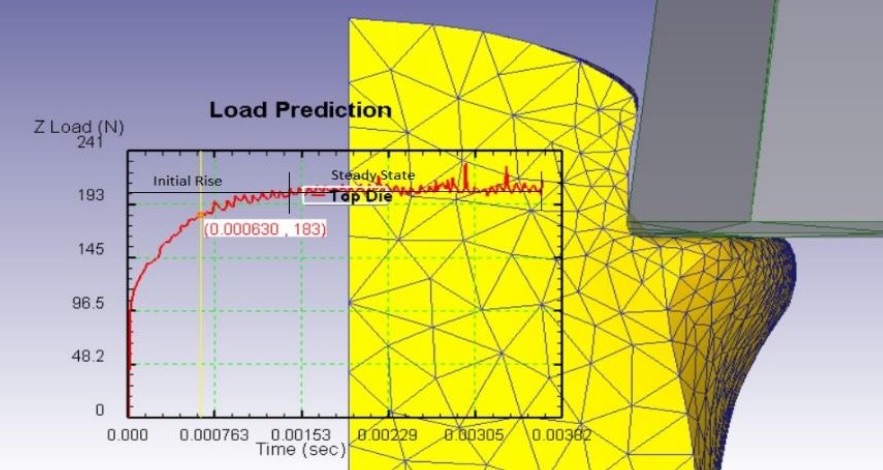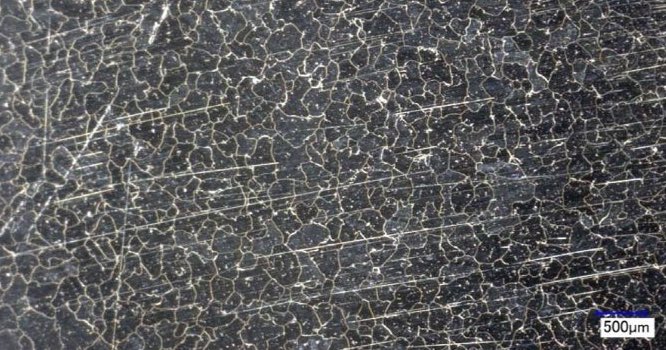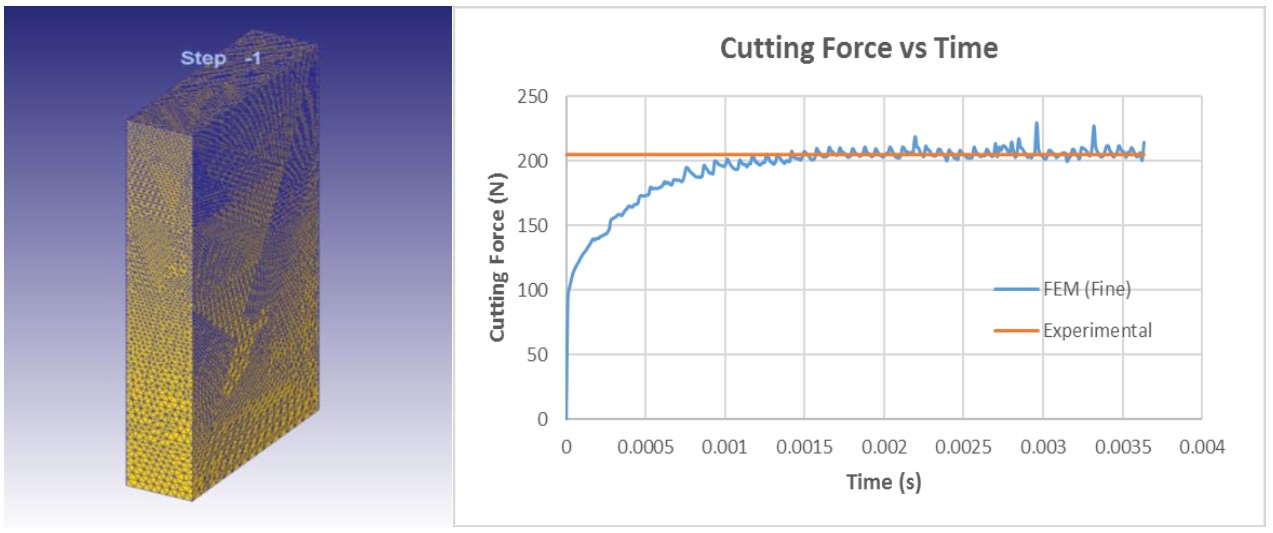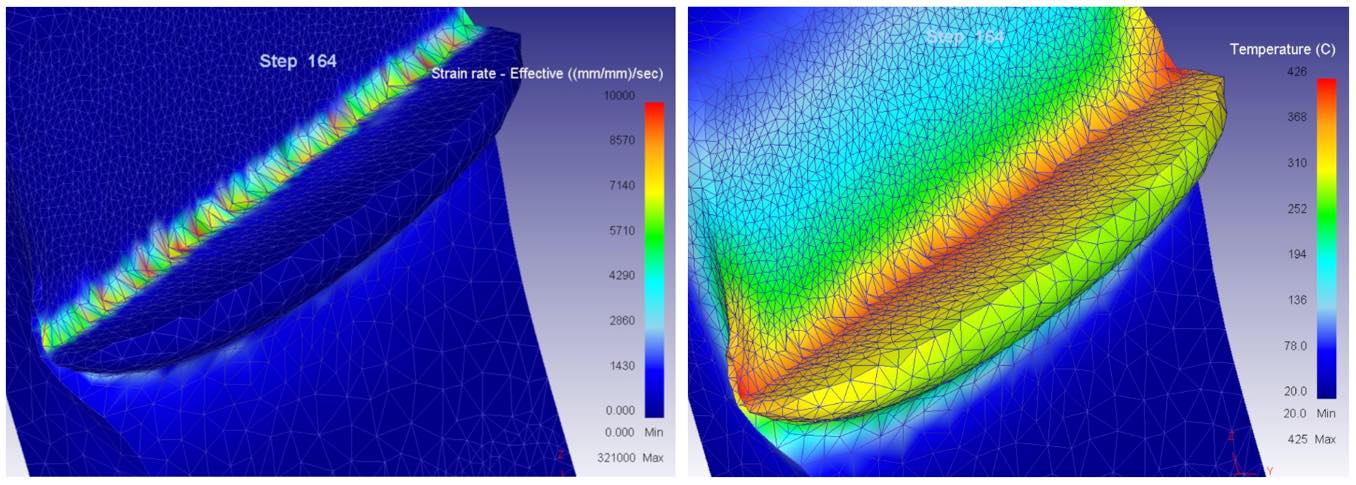Development of Models of the Machining of Biomedical Grade Cobalt Chrome Knee Implants

Project Coordinator
Dr. Daniel Trimble
dtrimble@tcd.ie
+353 1896 4856
Harry Shipley
shipleyh@tcd.ie

Description
Cobalt Chrome alloys are used extensively within the biomedical industry during the manufacturing of orthopaedic implants due to their desirable mechanical properties of fatigue resistance, tensile strength, corrosion resistance and biocompatibility. However, these alloys are difficult to machine due to their strain hardening capabilities.
The goal of this research is to develop a fundamental understanding of the cutting mechanics of Cobalt Chrome, specifically for biomedical applications through the development of a Finite Element Model and a statistical machining campaign.

Grains observed in the Co-27Cr-5Mo alloy after Hot Isostatic Pressing and Partial Solution Treatment
Due to their excellent mechanical properties, wear resistance and biocompatibility, cobalt chrome (CoCr) alloys are used extensively within the biomedical industry. Applications include bone plates, dental devices , components of hip, knee and shoulder prostheses as well as some cardiovascular prostheses. During manufacturing processes, CoCr alloys are subjected to strain rates ranging from 10-1 to 106. Further, these alloys are commonly associated with poor machinability with short tool life and poor surface finish leading to low productivity and high manufacturing costs. Nevertheless, presently there is little quantitative deformational data of CoCr alloys over a large processing range of temperatures and strain rates which are requisite for constitutive equation development.

Fine mesh generated in the workpiece (left), Corresponding cutting force curve obtained (right)
Constitutive equations are mathematical representations describing the relationship between the flow stress, strain rate and temperature of a material. They describe the thermo mechanical behaviour of materials during machining processes in a form that is incorporated into finite element (FE) software. However, the accuracy of such FE models is a constant concern. Material models are frequently extrapolated outside their calibration range, leading to poor prediction accuracy at high strain rates which are typical of machining metal alloys. STAM has recently developed constitutive equations fo CoCr, and by use of theoretical models we will explore efficiencies and optimisations of machining processes.


